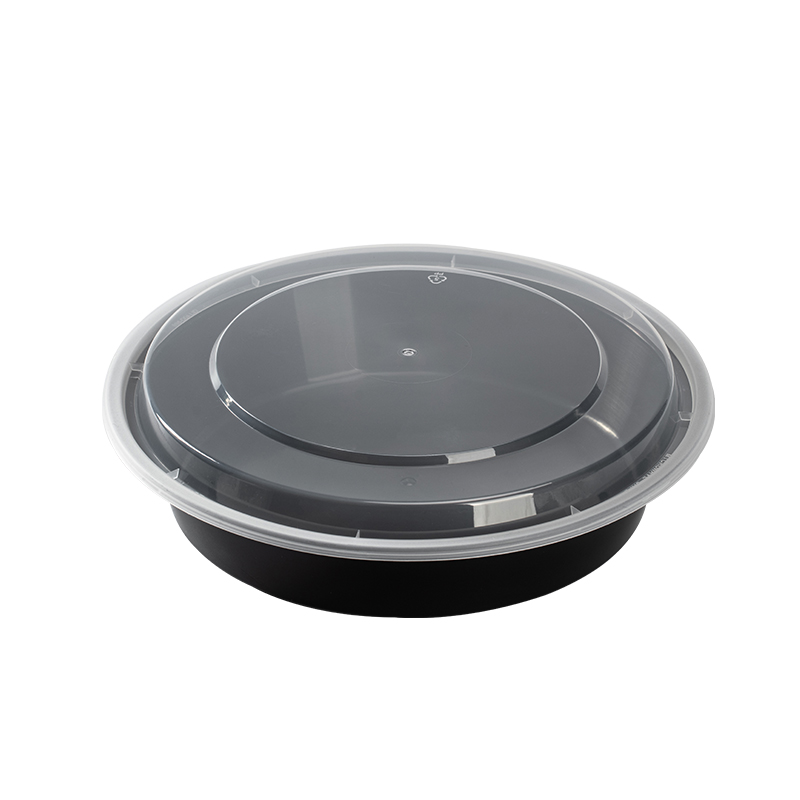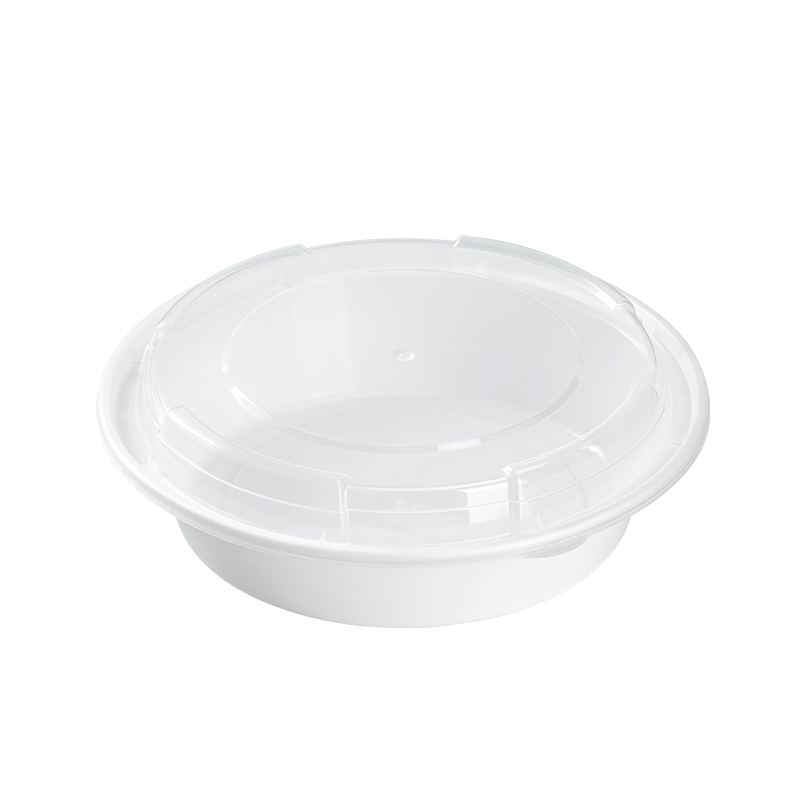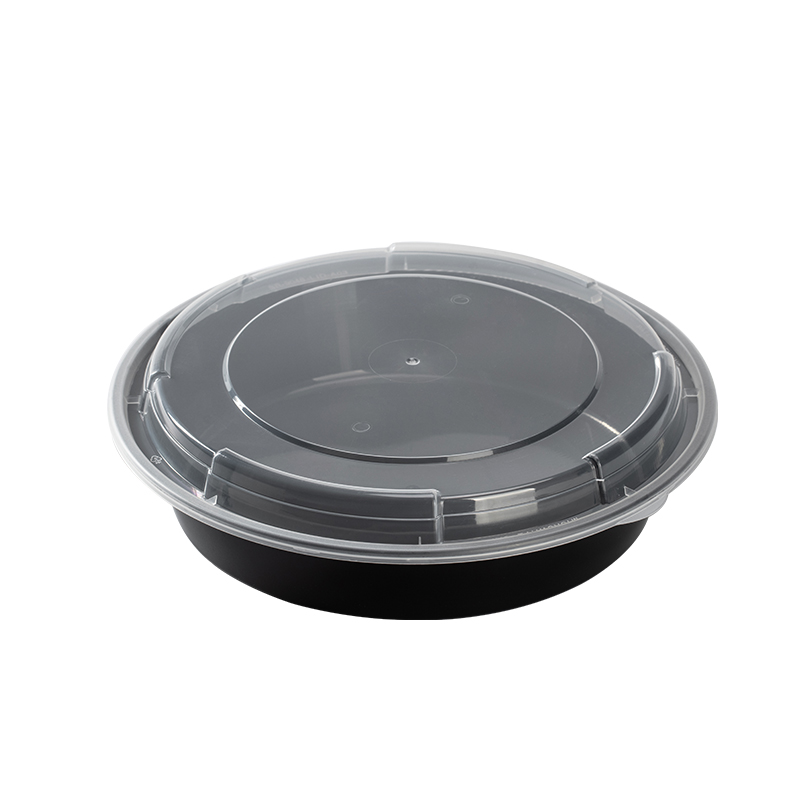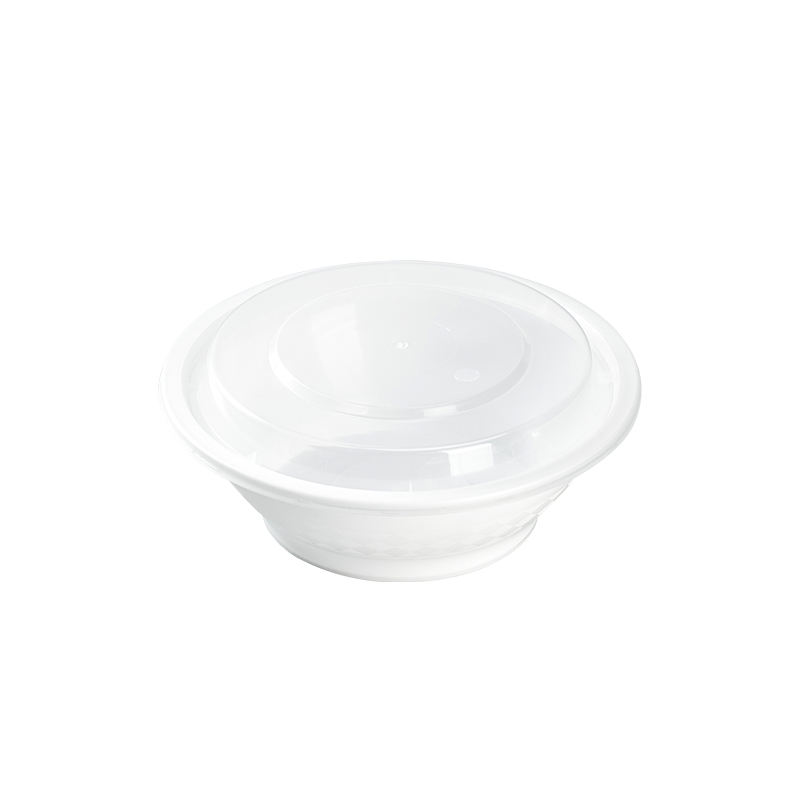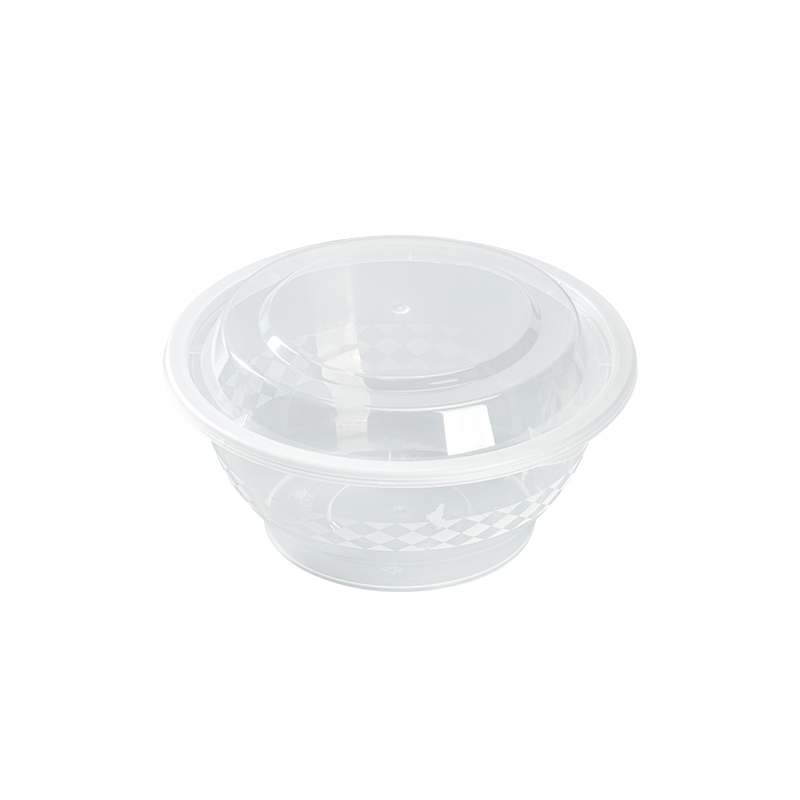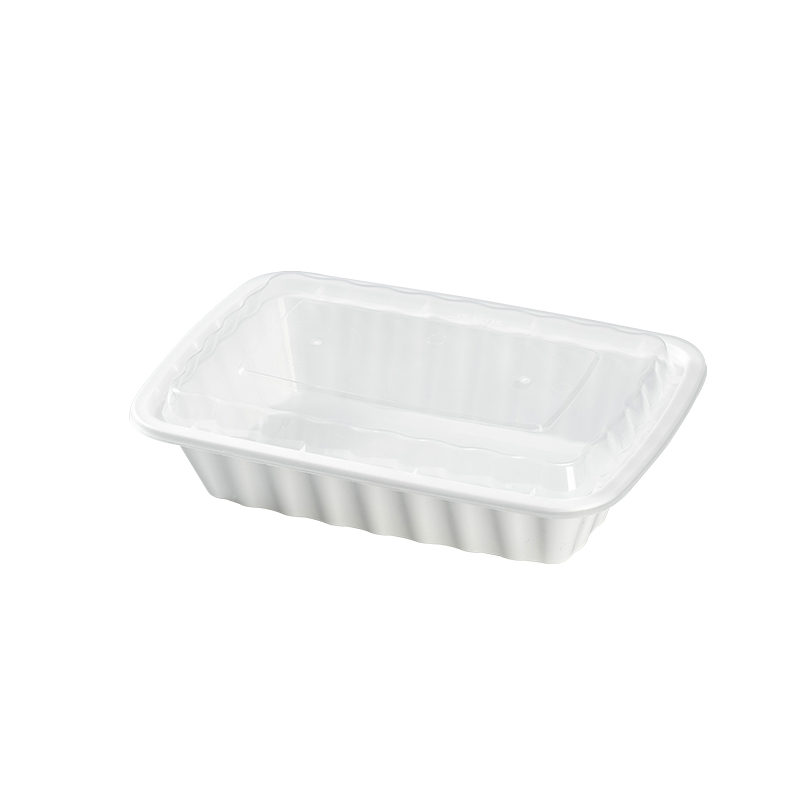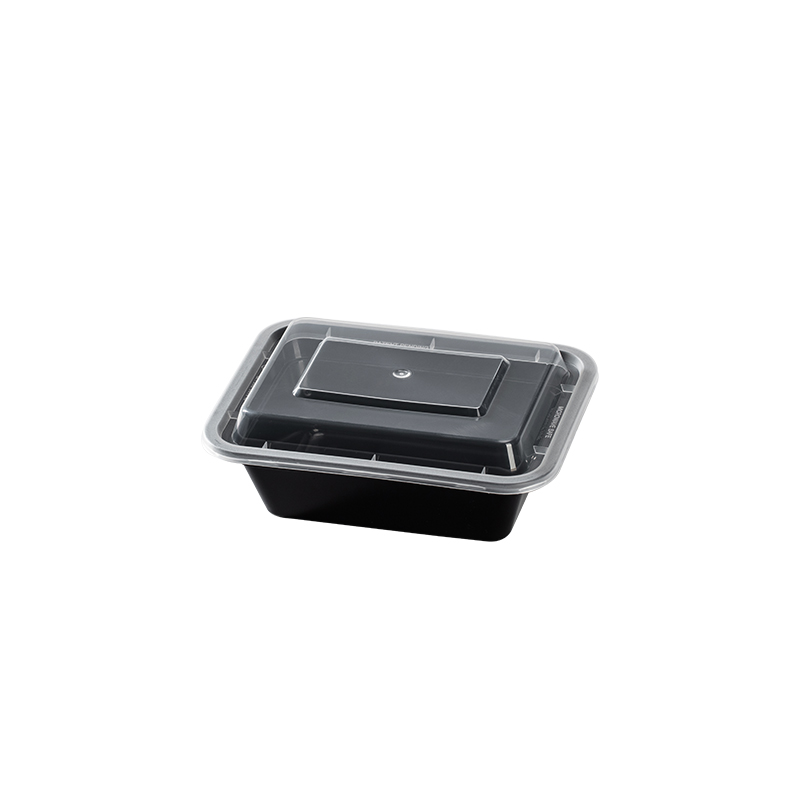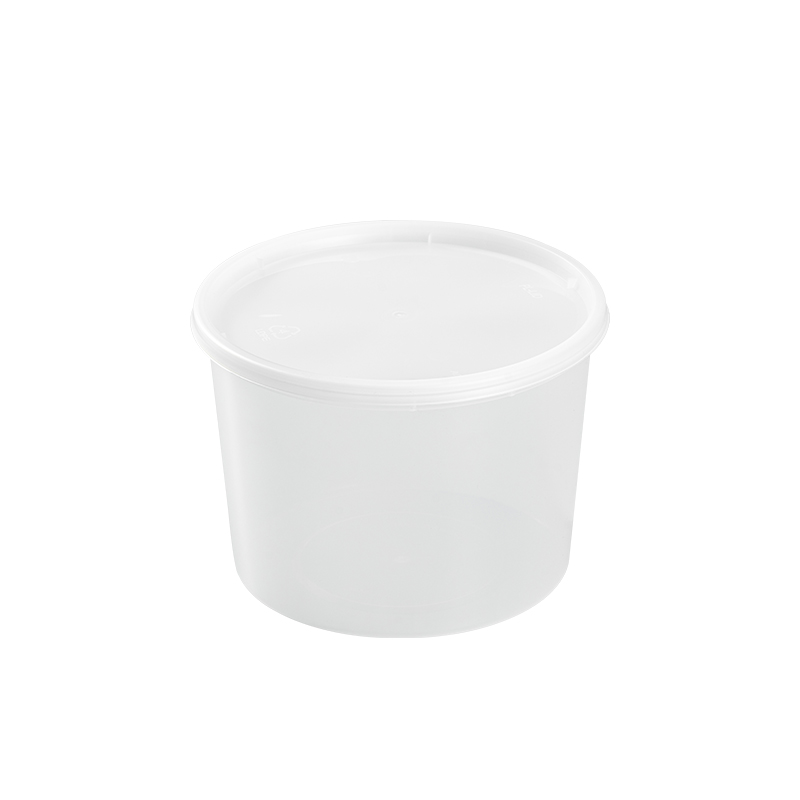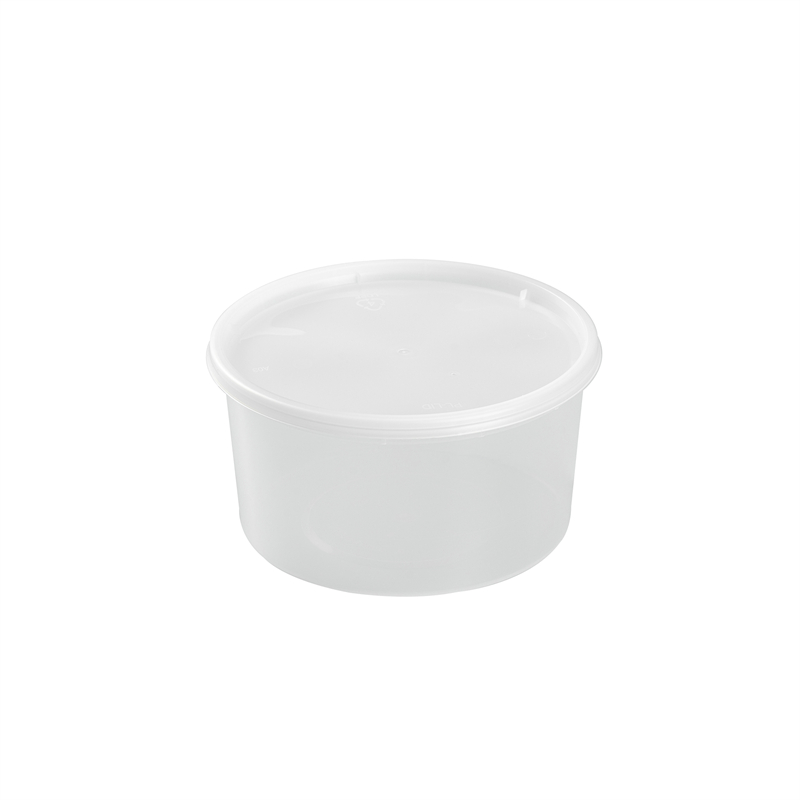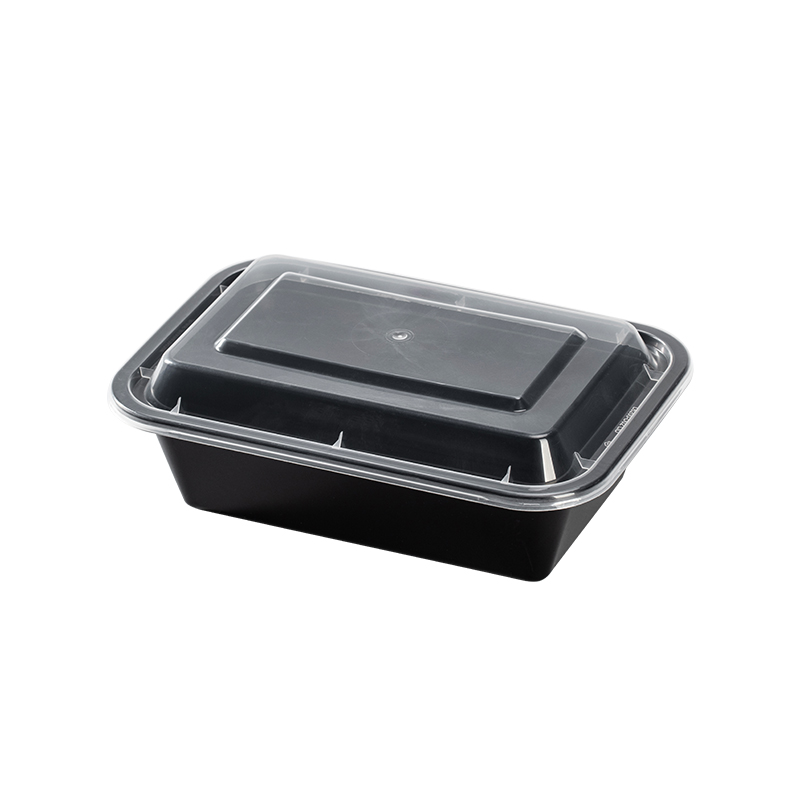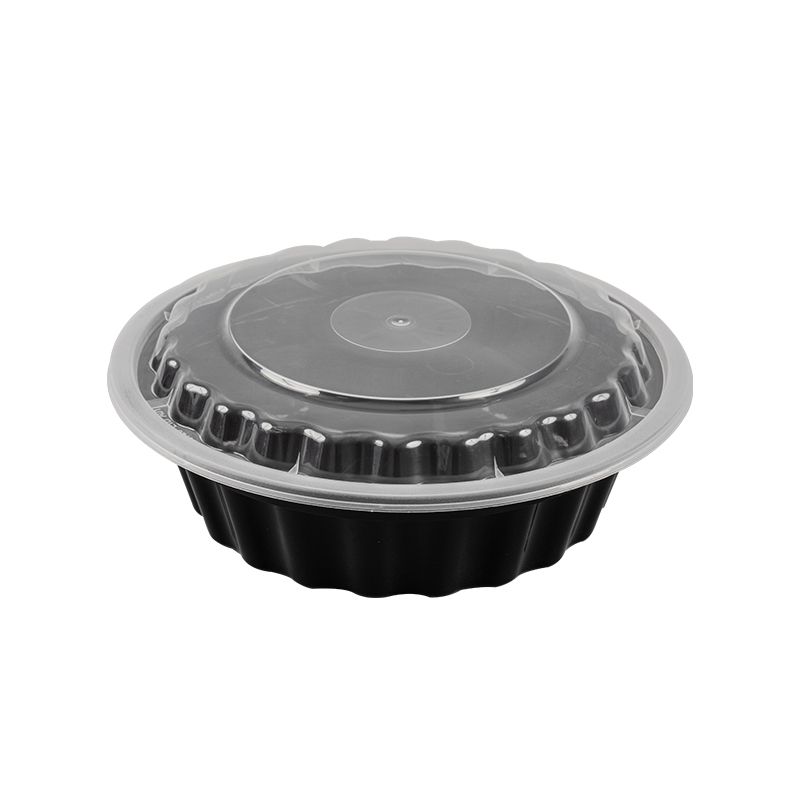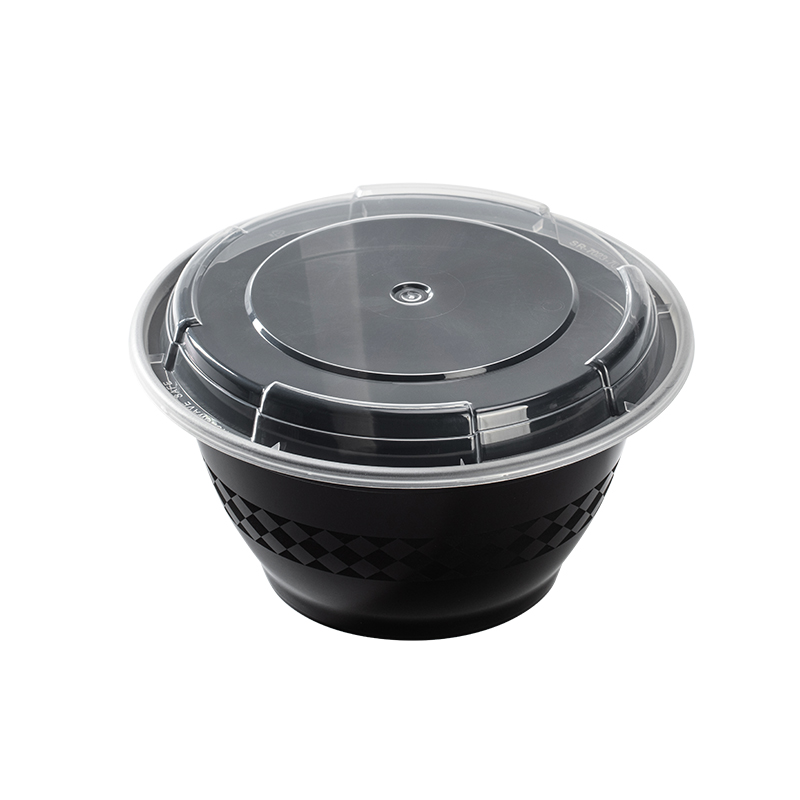What is a Plastic Food Container?
Aug 01, 2025
A Plastic Food Container is a crucial component of the packaging industry, widely used for the storage, transportation, and sale of food products. These containers are designed to maintain the freshness, safety, and quality of food items while offering convenience to consumers. Plastic Food Containers are made from various types of plastic materials such as PET (Polyethylene Terephthalate), HDPE (High-Density Polyethylene), PP (Polypropylene), PC (Polycarbonate), and PS (Polystyrene), suitable for applications ranging from beverages and oils to dairy products and ready-to-eat meals. Their versatility, durability, and cost-effectiveness make them a preferred choice in the food packaging sector.
Achieving Lightweight Design in Plastic Food Containers
The trend towards lightweight design in Plastic Food Containers stems from the dual objectives of reducing material usage and minimizing environmental impact. This approach not only lowers production costs but also aligns with the growing emphasis on sustainability and eco-friendliness. Achieving lightweight design in Plastic Food Containers requires multiple strategic methods and innovations in materials and manufacturing processes.
Material Optimization
One of the primary strategies for lightweight design is material optimization. By selecting the most suitable plastic materials and adjusting their composition, manufacturers can reduce the overall weight of the Plastic Food Container without compromising its structural integrity and functionality. For example, high-performance polymers with enhanced mechanical properties can be used to create thinner yet robust containers. Additionally, the use of additives and fillers can further improve the material's strength-to-weight ratio, enabling the production of lighter containers that meet the necessary performance standards.
Advanced Manufacturing Techniques
Innovative manufacturing techniques play a crucial role in achieving lightweight design in Plastic Food Containers. Traditional methods such as injection molding, blow molding, and thermoforming can be refined and optimized to produce lighter containers. For instance, precision engineering and computer-aided design (CAD) tools can be employed to create more efficient mold designs that minimize material usage while ensuring optimal performance. Moreover, advanced processing technologies like microcellular foam molding can introduce tiny air bubbles into the plastic material, significantly reducing its density and weight without affecting its mechanical properties.
Design Innovations
Design innovations are another key aspect of lightweight design in Plastic Food Containers. By rethinking the container's shape, structure, and geometry, manufacturers can eliminate unnecessary material and create more efficient designs. This can involve incorporating features such as ribs, grooves, and reinforcements that enhance the container's strength and stability while reducing its overall weight. Additionally, the integration of functional elements like snap-fit lids and ergonomic handles can further optimize the design, making the Plastic Food Container not only lighter but also more user-friendly.
Sustainability Considerations
The lightweight design of Plastic Food Containers also aligns with sustainability goals. By reducing the amount of plastic material used, manufacturers can lower the carbon footprint associated with production, transportation, and disposal. Using lightweight containers can also lead to significant energy savings throughout the supply chain, from manufacturing to distribution. This not only benefits the environment but also enhances the company's reputation as a responsible and eco-conscious entity.
In conclusion, the lightweight design of Plastic Food Containers is a multifaceted approach that involves material optimization, advanced manufacturing techniques, design innovations, and sustainability considerations. By embracing these strategies, manufacturers can produce Plastic Food Containers that are not only lighter and more cost-effective but also environmentally friendly and aligned with the evolving needs of the market. As the industry continues to prioritize sustainability and efficiency, the pursuit of lightweight design in Plastic Food Containers will remain a critical focus for innovation and growth.
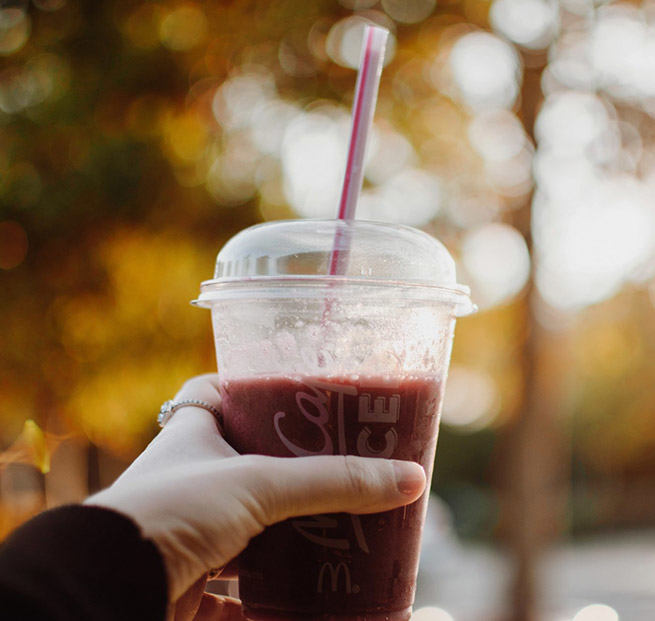
We are very glad that you came to JIEYU to purchase or customize, and we are confident to provide you with quality products and services.
 英语
英语 中文简体
中文简体







